I have confession to make: I'm a man of conflicted views, so my ideology is not entirely coherent with itself, and contains contradictions. My very first article made solid arguments for UBI (besides just me being lazy and spoiled), while in a later article, I played the devil's advocate and advocated against the UBI that I actually support. In another article, I explored alternative economical models.
But in all those three articles, I was merely scratching the surface.
You could say, that my very first article was the thesis, the later one was the antithesis, and this article will be the synthesis.
Funny Money

Remember when I was talking about printing money, and how it can lead to disasters?
To recap: when you increase the supply of money, you decrease the value of money, at least when the amount of goods and services money can be exchanged for remains constant. If you could, hypothetically, get away with counterfeiting money, you wouldn't be making yourself any wealthier by printing money - you'd be simply making everyone else poorer (thus, technically making you wealthier in relation to them), by reducing the purchasing power of the currency they hold. If you support Universal Basic Income like I do, but unlike me - who is still unsure how to go about implementing it - you are adamant to finance it by printing money... then you wouldn't be making anyone richer. At best, you'd be equalizing the amount of wealth held by people. In other words: when you successfully counterfeit money, you're not getting any richer, everyone else is just getting poorer.
Keep this fact in the top of your head, because the rest of this article assumes, that you are well aware of this fact and all its implications.
Money is only worth as much as the goods and services it can be exchanged to.
But where did money even come from?
In the beginning, there was barter

This is basically elementary-level economical history at play: in the beginning, there was barter. We like to think that we are so much more sophisticated than our paleolithic caveman ancestors, but in truth, they were a lot more similar to us than we give them credit for: they engaged in trade, just like we do.
Our paleolithic ancestors obviously had no concept of money, so what kind of trade did they engage in? Barter. I have something you want, you have something I want, so why not make a trade instead of resorting violence which wouldn't be beneficial to either of us?
If there are only 200 kilograms of deer hide in a certain economical area, and only 10 kilograms of flint, then the rate of exchange is, in theory, 1 kilogram of flintstone to 20 kilograms of deer hide. In theory, that is - in practice, the economical actors of the time were not aware of this (only through long centuries of habitual trade, would they have an approximation of the rate of exchange), so generally, they just traded a single spear's worth of flint for the hide of a deer, and so forth.
But what if you have something that I want, but I don't have something that you'd like in exchange? For a long time, violence was the only solution, but fortunately, metallurgy came to the rescue - people liked useless shiny metals, so those became the main instruments of exchange.

To be fair, shiny metal was not the only type of currency in the pre-modern world. Cocoa beans, bird feathers, shiny rocks, beads, ivory, even salt (hence the word "salary") were used as currency. As a matter of fact, it was mainly silver - not gold - that truly defined the Age of "Gold", but for the sake of simplicity, we'll be dealing with gold in this article.
The Tale of the Goldsmith
This is the tale I tell to everyone, when I wish to educate them on the evils of fractional reserve banking.
The tale goes like this: once upon a time, a long time ago, people used various forms of currencies, before they settled on useless shiny metals like gold (technically, gold isn't useless today, because it's used to make rust-resistant wires for computers). As time passed on, these shiny metal currencies were standardized into the coins we all know and love today.

But, coins had one fatal flaw: they were heavy and inconvenient to carry, and were susceptible to thievery.
So, what did the goldsmith do? He came up with a brilliant idea: he opened a safehouse, where he stored people's money for them for a small fee. But how did people know how much money was there in the safe, and how could they prove themselves to the rightful owners of the money stored in the safe?
The goldsmith came up with another great idea: IOUs. He handed all of his clients pieces of paper with his own signature, saying "I owe you X golds", and they could come back any time, to redeem their golds. That's right, the first paper money wasn't even a proper currency in its own right, but rather an IOU, a proxy for real gold.

For a while, this system worked. However, Mr. Goldsmith noticed something: people stopped using gold, and started using his IOUs as their preferred currency. It was far more convenient than using real gold, and as long as the goldsmith - who was becoming more like a banker at this point - was trusted and had a reputation for being honest and reliable, that paper was as good as gold.
But greedy Goldsmith had a new idea up his sleeve: since no one ever came back to his bank to redeem their golds, there was technically nothing stopping him, from, say loaning out the golds deposited into his vault, or.... printing out fake IOUs for gold that wasn't even in his possession.
What was the result of this? Well, first of all, inflation. Lots of it. But second of all, people got suspicious of Mr. Goldsmith's newfound great wealth, so they came back to the bank to redeem their gold. But, since Mr. Goldsmith was a big spender whose fake IOUs trickled down into the hands of many, he eventually ran out of gold to give back to the depositors. So he was lynched.
But the Tale of the Goldsmith does not end with Mr. Goldsmith's death, because his legacy lived on, much to the dismay of people like me. Did the government ban this highly fraudulent practice of his? No, they did not. They legalized it, albeit with some regulations: for every single real golden coin, bankers were only allowed to cook up at most nine fake IOUs. And thus, fractional-reserve banking was born.
While the first private banks were vulnerable to bank runs - such as the demise of poor Mr. Goldsmith - after a while, the system developed some robust defense-systems to mitigate the problem, such as the government giving stimulus checks to banks at the risk of getting withdrawn into bankruptcy.
Revenge of the Government: Fiat Currency
As I said before, the practice of fractional-reserve banking was legalized and regulated by the government, but money still had to be backed. Paper banknotes still had to have real gold backing them, they still had to be exchangeable to gold.

But not for long. Throughout the 20th century, governments across the world abandoned the golden standard, and switched to fiat currency. Now, what is fiat currency?
Fiat currency is currency that is not backed by anything, or more precisely, backed by the government's authority, which is a euphemism for being backed by gunpowder, bullets and the threat of jailtime. Fiat currency is money that's only worth something, when the government that pushed it into circulation is still around - once the government disappears, that (paper) money might as well be toilet paper. While the combination of the Gold Standard and fraction-reserve-banking still put a limit on the amount of new money governments could inject into the economy, fiat currency essentially gave the government full control to just print money and ask questions later.
Under fiat currency, the government forces people to settle their debts to the government in the government's fiat currency. They demand that you accept their currency when settling debts, or else the debt that someone owes you is considered invalid by the government. They demand that you pay taxes in their currency (tax evasion is punished with jail). They demand that you pay for government-provided services in their currency. But how do you acquire the government's currency?
The simplest answer would be the government giving people stimulus checks, which is precisely what's happening in the USA at the time of writing this article (Spring of 2021). But stimulus checks aren't everyday things, so another answer is this: when the government first prints money, the government pays its own employees with the currency, which said government employees use to buy goods and services from private vendors, who are forced to pay their debts (taxes) in the same currency. The government also uses this money to pay for contracts with private companies, who then use some of that money to pay other companies to do some of the work for them - the companies obviously use this money to pay their employees, who then some of it back to the government in the form of taxes. In other words, one way or another, that newly printed money eventually trickles down into the hands of private citizens.... and back into the hands of the government, reducing their need to print more, creating a perfect loop.
To be honest, fiat currency is not really a new invention. It's not even a 20th century invention - Lincoln's Greenbacks in the 1860s were fiat money. While it was silently implied that the Tale of the Goldsmith took place in Late-Medieval or Early Modern Europe, it might as well have taken place in 7th century to 11th century China, because the aforementioned banks appeared in China during the 7th century, and the government took over said banks in the 11th century. By the 12th century, the Song dynasty in China ran out of gold, and simply suspended convertibility between the paper money and gold: China switched to a fully fiat currency as early as the 12th century, and the Mongols who conquered China (Yuan dynasty) adopted their currency, and even attempted to force it down the throats of all the other peoples - e.g. Persians, Turks and Russians - they conquered, ending in failure.

Still, despite this little segue about China and the Mongols, the concept of fiat currency wouldn't conquer the world until after WW1, when governments suspend the convertibility of their banknotes to gold for private citizens, and finally to foreign governments as well in 1971.
Backed by debt
Earlier, I said that our fiat currency is basically backed the government's authority. However, that is only half of the story. Remember the Tale of the Goldsmith and fractional-reserve banking?
I said earlier, that under fractional-reserve banking - at least, as long as the Gold Standard was active - for every real, gold-backed dollar, you could only cook up a maximum of nine fake dollars.
But how do banks make money these days? If not by cooking up fake money that isn't backed by today's equivalent of gold, which by the logic of what I said before, should be the government's authority (right?), then how?
Banks basically have three sources of cash: government infusions, credit to the central bank (loans), and deposits by depositors (us depositors are basically loaning the bank money, and can withdraw at any time in theory - but if everyone wants to withdraw, that's a bank run, because of fractional-reserve banking). Because we have fractional-reserve banking, banks can loan out more money than they actually own, and if people try to run the bank, the central bank simply loans them money, or the government gives them stimulus checks.
Because these days, people prefer using bank cards instead of cash, when you borrow money from a bank, and use said borrowed money to buy something, you are transferring debt from the bank you borrowed the money from, onto the bank that runs the bank account of the person you bought something from.

Let's say, that you go the bank to borrow 10 000 dollars, to buy a car. You don't take out the cash. The bank simply says that it owes you 10 000 dollars (even though in reality, you owe them... it's not complicated tho, since you're borrowing an IOU), and then, when you buy the car by transferring the money to the car seller's bank account, the debt is transferred. The bank no longer owes you money, but rather, it owes the other bank money (of course, you still have to pay back what you borrowed). And under the previous 9:1 ration of fractional reserve banking, this second bank can keep 1 000 dollars, and loan out the remaining 9 000. When that debt gets transferred to a third bank, they can keep 900 dollars, and loan out 8 100 dollars. And every time that happens, new money is created, for all intents and purposes, like a Matryoshka doll.

Under this system, from an initial deposit of 10 000 dollars of real, government-issued cash, roughly 90 000 banknotes can be cooked up, assuming that we keep depositing the newly created debt-money into a different bank every time, instead of withdrawing the cash. Unless someone withdraws the money, it's a closed loop: bank credit created somewhere, becomes a deposited at another bank, and so on, and so on.
And if you think that's crazy, here's this: the reserve to loan ratio isn't even 1:9 anymore in most places, but rather 1:20 or even 1:33. Then there are some loopholes within the banking system, that allow banks to completely bypass the fractional reserve requirements.
But us, the borrowers, still have to sign a pledge to offer up certain goods, in case we fail to pay, such as our houses. Fail to pay mortgage? Your house gets taken away. Essentially, money is backed by your debt, and should you refuse to pay your debt...
But in a nutshell, banks can create as much money, as we can borrow. Money as we know it in the 21th century, is created from debt. Debt equals money. Money equals debt.

Government-created money accounts for less than 5% of the money in circulation. 95% of the money is basically bank credits. Digital. Just numbers in a computer database.
In the real world, if you need a hammer at the moment, someone's promise to give you one in the future isn't much of a help. But in the artificial world of banking, the bank's written promise to give you X amount of money, is treated as money, and we accept it as such. They loan you that promise, which you then spend on something, but still have to pay back. This means, that for all intents and purposes, banks create money out of thin air.
This is the real reason why everyone is in debt. Governments, corporations, private individuals, even banks. How can everyone have so much debt? Because debt equals money. Because money is backed by debt.
People say that "if there was no debt, there would be more money", but in reality, if we made debt disappear, there would be no money. People might say "we need to pay our national debt, then we can finally invest our money into things!", or "I need to pay off my student loan debt, then I can finally spend my money on other things" - this statement might apply to a single individual, or a single organization, but if applied to the whole system, it would mean the end of money. Have you ever wondered how can there be that money to be lent out? Well, now you know - there isn't. Banks don't lend money. They create it out of thin air out of debt.
Feed my Frankenstein!

The aforementioned system requires constant growth to sustain itself. It's a closed loop, basically: the economy required renewed bank credits to continue to function, but newly created money needs to be backed by something of a value to avoid hyperinflation, which means that new things have to be produced even if no one is there to buy them.
When the bank creates the money out of thin air - out of debt - and loans it to you, you have to pay it back with interest. But do you get the interest, if 95% of all money was also created from loan? Well, you work for someone who pays you, so you can pay back your interest - but that someone also needs credit to pay you, and most likely, that credit is also borrowed from a bank. And thus, debts are never repaid - everyone remains in debt at the end of the day. More debt is generated every day, and because debt equals money, more things of value have to be created to prevent hyperinflation. The economy just has to keep growing. It cannot stop. It must not stop.
But it must stop. We cannot keep growing eternally on a finite Earth - or to paraphrase Greta Thunberg, we cannot keep believing in "fairy tales of eternal economic growth".

And it does stop from time to time. And when that happens, the economy crashes. It's not an anomaly within the system - it is part of it by design. Since we cannot keep growing eternally on a finite Earth, the system needs to reset from time to time, and that happens in the form of great recessions, like the 1929 Great Depression, Black Monday (1987), the Great Recession of 2008, or even the Covid-19-induced 2020-2021 Recession. This fatal reset mechanism is what makes this unsustainable system sustainable-ish. And every time that happens, people feel the pain. A lot of it.
And this is also why I am forced to be a wageslave, even though the economy was doing fine back when I was a deadweight on it. We produce so much food, that 2/3 of it gets wasted. Robots are going to render human labour obsolete in the near future. Yet I have to keep working. I have to keep generating more debt for the company that employs me.
Are there ANY alternatives?
Cryptocurrency seems like a viable alternative to government-issued fiat currency. It's basically Agorism in action. There are no scummy banks involved, and the government can't inflate it either. Cryptocurrency is backed by the computing power required for mining (which is to say, for recording transactions), rather than debt, the government's authority, or any finite resource like gold or silver.
However, I have to state: fiat currency in itself is not necessarily evil. Yes, it can be abused, but in theory, it could be used for good too: printing money when the economy is growing, burning money when the economy is contracting, effectively controlling the money supply to scale with the economy.
Obviously, in reality, that never happens, and governments just keep inflating the currency even when there is zero economical growth, and the banks will refuse to let go of their power - thus, it is clear that fractional-reserve banking has to go. The idea that you can just loan someone money that isn't even in your possession (or worse yet: doesn't even exist) is just absurd, and needs to go.
Some people advocate for a return to gold, appealing to its long history. However, gold can be debased or shaved, and not to mention, because of the finite supply, as long as loaning with interest is tolerated, we're going to eventually end up with someone owning all the gold, while everyone else will just have no money at all. Do we want that?
Some people advocate for a system, in which the government would create its fiat currency not as debt, but as value (effectively backed by whatever they are spending the newly created money on), and inflation would be prevented by collecting and burning the excess money - again, sounds good on paper, but the bankers would never let go of their power, and would never let go of the juicy national debts.
The aforementioned cryptocurrency would take the government out of the equation, and allow self-governing and self-sustaining small communities to share a common currency. Free-market anarchists would love it.

In a sustainable system, people would only breed as much as it is necessary to sustain the population - rather than grow it endlessly - and focus on recyclable production. People wouldn't be forced to work needlessly - thus, if robots can do everything, humans would enjoy UBI.
But what do you think? What should we replace fractional-reserve banking and fiat currency with?
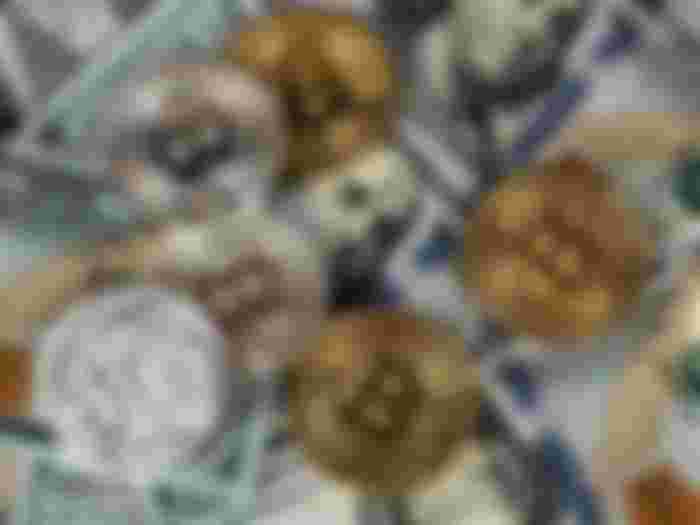


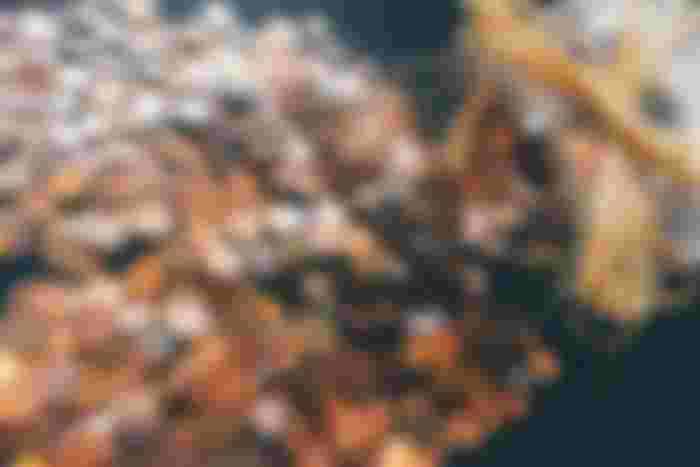
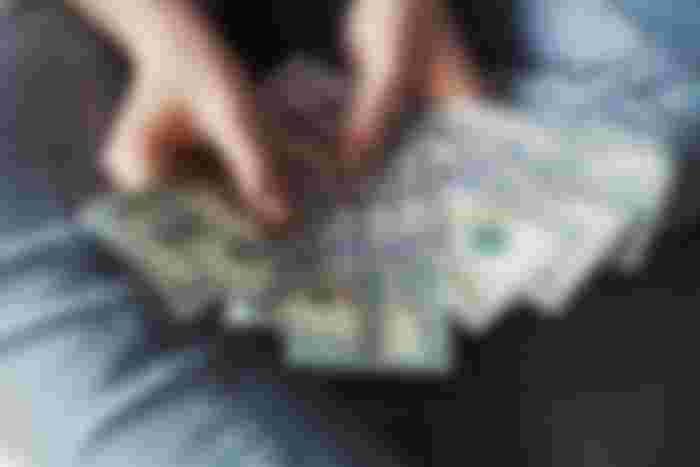
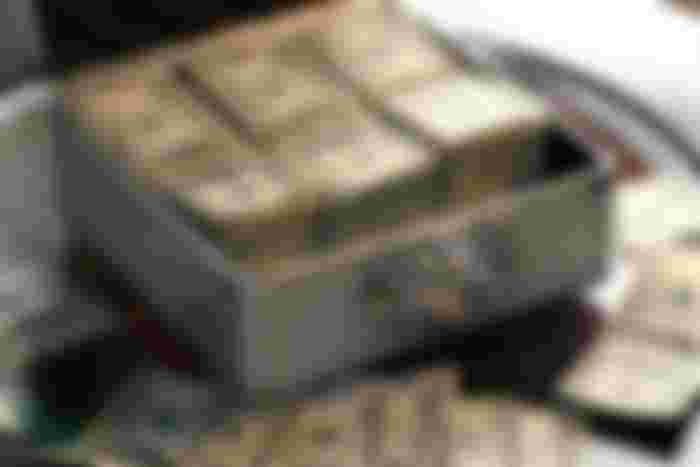
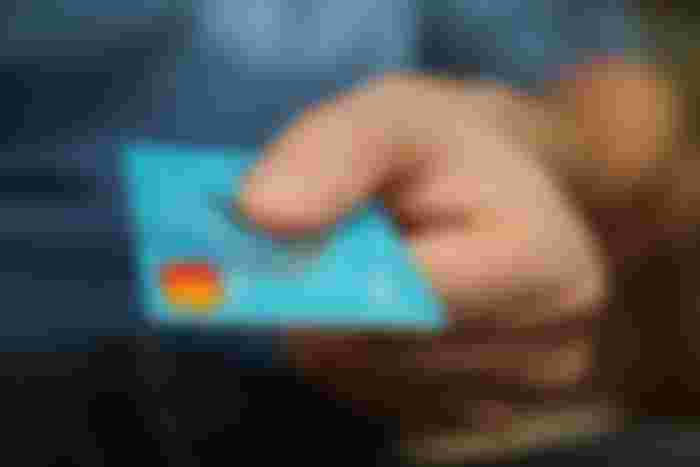

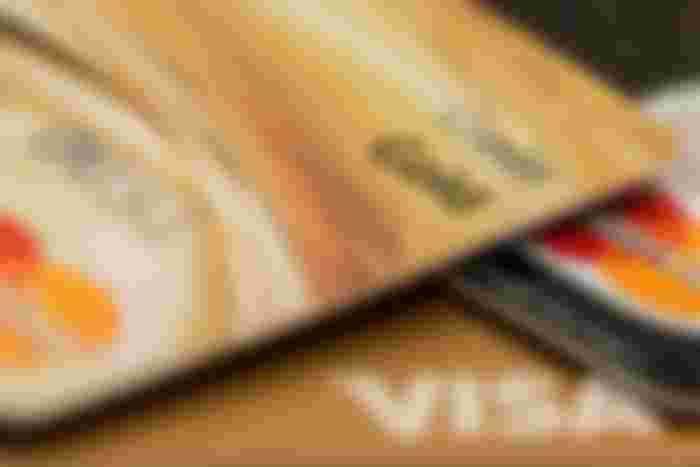
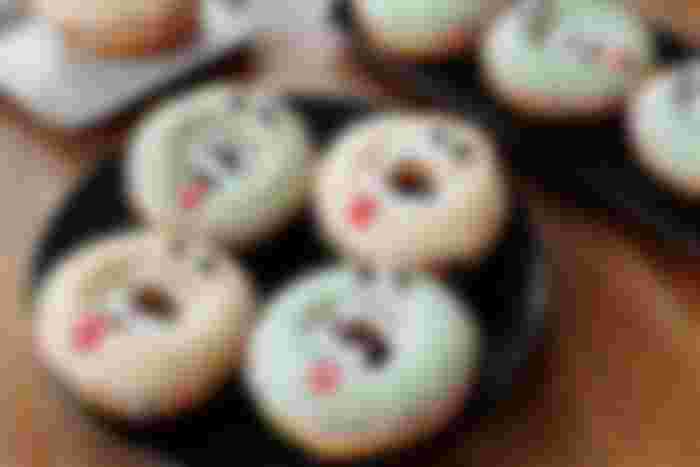


GREAT WORDS